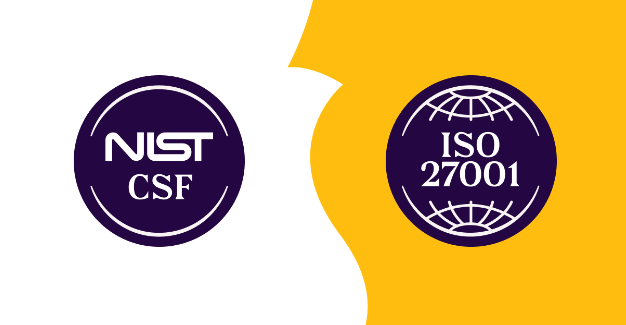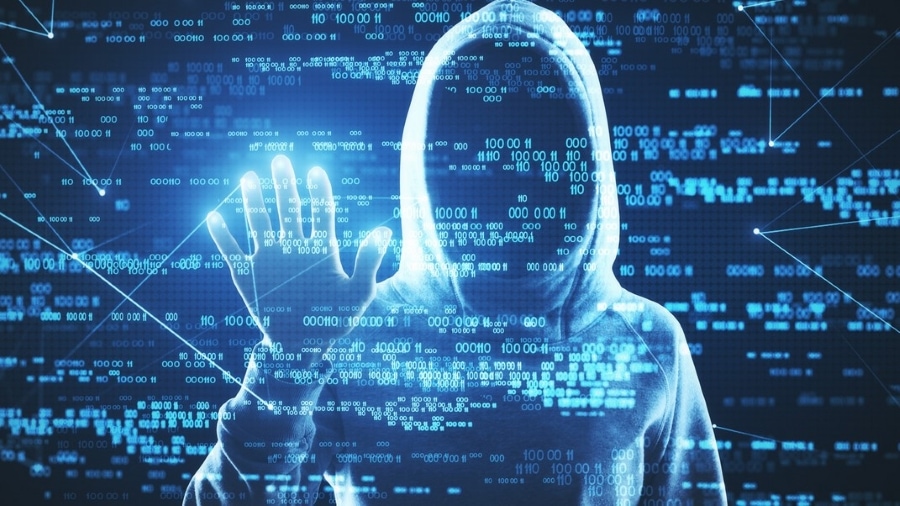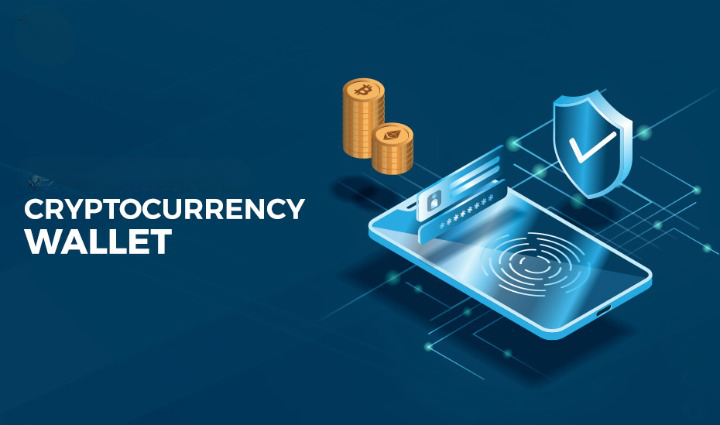
In today's interconnected world, cybersecurity has become a critical concern for organizations of all sizes and sectors. The rapid advancement of technology and the increasing sophistication of cyber threats have made it essential for businesses to establish robust security measures.
To achieve this, many organizations turn to cybersecurity frameworks, which provide a structured approach to managing and protecting their information assets. This article explores two widely recognized frameworks, namely the National Institute of Standards and Technology (NIST) framework and the ISO 27001 standard, along with other noteworthy frameworks.
National Institute of Standards and Technology (NIST) Framework:
The NIST Cybersecurity Framework (CSF) is a comprehensive set of guidelines, best practices, and standards developed by the U.S. National Institute of Standards and Technology. Its main objective is to assist organizations in managing and reducing cybersecurity risks. The framework consists of five key functions: Identify, Protect, Detect, Respond, and Recover.
Identify: This function involves understanding and documenting an organization's information assets, assessing potential risks, and establishing risk management processes.
Protect: The Protect function focuses on implementing safeguards to ensure the security of critical assets. This includes activities such as access control, awareness training, and data encryption.
Detect: The Detect function emphasizes continuous monitoring and detection of cybersecurity events. It involves implementing technologies and processes to identify potential threats and vulnerabilities promptly.
Respond: In the event of a cybersecurity incident, the Respond function guides organizations in developing an effective response strategy. This includes incident response planning, communication protocols, and mitigation actions.
Recover: The Recover function deals with restoring operations and services after a cybersecurity incident. It includes measures such as data backups, system recovery plans, and lessons learned.
ISO 27001 Standard:
ISO 27001 is an international standard for information security management systems (ISMS). It provides a systematic approach to managing sensitive company information, ensuring its confidentiality, integrity, and availability. ISO 27001 is based on a risk management approach, enabling organizations to identify, assess, and mitigate information security risks.
The standard consists of several key components:
Risk assessment: Organizations identify and assess risks to their information assets and establish risk treatment plans accordingly.
Security controls: ISO 27001 provides a comprehensive set of security controls across various domains, such as physical security, access control, network security, and incident management.
Management commitment: The standard emphasizes the importance of top management's commitment to information security and the need for continuous improvement.
Internal audits: Regular internal audits ensure compliance with the standard and identify areas for improvement.
Other Noteworthy Cybersecurity Frameworks:
Apart from NIST and ISO 27001, there are other frameworks worth mentioning:
CIS Critical Security Controls: The Center for Internet Security (CIS) offers a set of 20 critical security controls that organizations can implement to improve their cybersecurity posture. These controls cover areas such as inventory and control of hardware assets, continuous vulnerability management, and secure configuration for hardware and software.
COBIT: Control Objectives for Information and Related Technologies (COBIT) is a framework developed by the Information Systems Audit and Control Association (ISACA). It provides governance and management guidelines for information security, emphasizing the alignment of IT with business objectives.
PCI DSS: The Payment Card Industry Data Security Standard (PCI DSS) is a framework specific to the protection of cardholder data. It outlines requirements for organizations that handle payment card information, aiming to prevent fraud and ensure secure transactions.
Conclusion:
In the ever-evolving landscape of cybersecurity threats, implementing a robust cybersecurity framework is crucial for organizations to safeguard their information assets. The NIST framework and ISO 27001 standard provide comprehensive guidelines and best practices for managing cybersecurity risks. Additionally, frameworks like CIS Critical Security Controls, COBIT, and PCI DSS offer specialized approaches to address specific security concerns. By adopting and customizing these frameworks to suit their specific needs, organizations can enhance their cybersecurity posture and protect their valuable information from ever-growing cyber threats.





